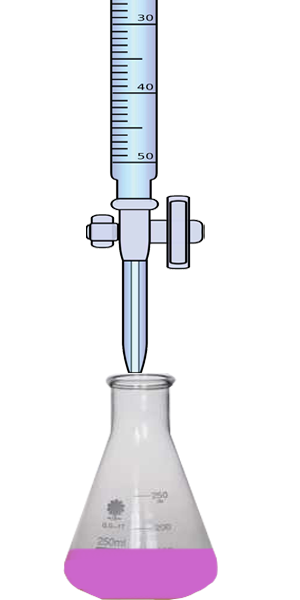Physiologically and morphologically heterogeneous bacteria can create nuisances in water systems. The bacteria are included in this group are slime bacteria, iron bacteria, sulfur bacteria and sulfate bacteria. Bacteria in water systems create taste, order, and produce color in water. Moreover it increases tuberculation, turbidity and decrease in carrying capacity of pipes.
Inorganic and organic substances are the source of food for the bacteria in water. Though the organic materials are small amount in supply water but some bacteria in water are able to collect their food from continuous flow of water. Other parameters that can influence their production and development are temperature, pH and oxygen.
Slime forming bacteria in water
Many industries such as food processing plants, laundries, paper and textile mills are greatly affected by the huge amount of slime. No particular groups of bacteria in water are responsible for slime production. Many bacteria have the general property of this. Bacteria in water growth normally are submerged surfaces and they are attached by mucilaginous material. After such type of film creation the accumulation are increased by production and adsorption of suspended and colloidal materials.
Inorganic compounds are the main source of food for the slime producing bacteria such as ammonia is the source of energy for the nitrifying bacteria’s growths.
Reduce iron compound and reduced sulfur compounds for example sulfur, sulfides, sulfites and thiosulfates also responsible for slime formation.
Iron bacteria in water
Iron bacteria are tiny living organisms and oxidizing agent. They are naturally found in sallow groundwater, soil, and surfaces water. They are mostly responsible for nuisance in water systems. These bacteria in water are enormous slim producers. Moreover they are guilty for many water disasters. It creates the water reddish, yellow or orange color, unpleasant test and bad odor.
Sulfur bacteria in water
There are two types of sulfur bacteria in water systems; sulfur oxidizing and reducing bacteria. But sulfur reducing bacteria are common in water. Sulfur oxidizing bacteria convert sulfide into sulfate and create a dark slime. The sulfur bacteria in water receiving their energy from the oxidation of reduced sulfur compounds. Sulfur reducing bacteria are found in oxygen deficient environments such as ground water, water softener, water filter, hot water heater and plumbing systems. They create hydrogen sulfide gas in water systems; which is corrosive for water pipe lines. Overall the sulfur bacteria in water create black slimes, bad taste, odor and responsible for corrosion of iron pipes.
Sulfate reducing bacteria in water
The sulfate reducing bacteria in water causing the reduction of sulfates they are heterotrophic and anaerobic. Sulfate reduction can happen in the lack of organic matter, if a hydrogen source is present. This type of sulfate reduction can be considered as autotrophic.
In potable water systems the reduction of sulfate is limited significance as the low amount of organic matter is presence in water supplies. In this case autotrophic reduction of sulfates may be larger significance as hydrogen can be derived from metal surface. Sulfate reducing organisms can supply as depolarizing agents under anaerobic conditions. It increases the rate of corrosion of the metal, creating bad tastes and odors.
Whole house effect by the bacteria in water
The following whole house effect can be observed by the bacteria in water:
- A large amount of slime cab be damaging the plumbing systems of the whole house. Even the slime clogged the pipe lines.
- Slime deposits can form in water softener, water filter, hot water heater, toilet tanks etc.
- Can be developed unpleasant taste and odor.
- Hydrogen sulfide can discolor copper, silverware and porcelain.
